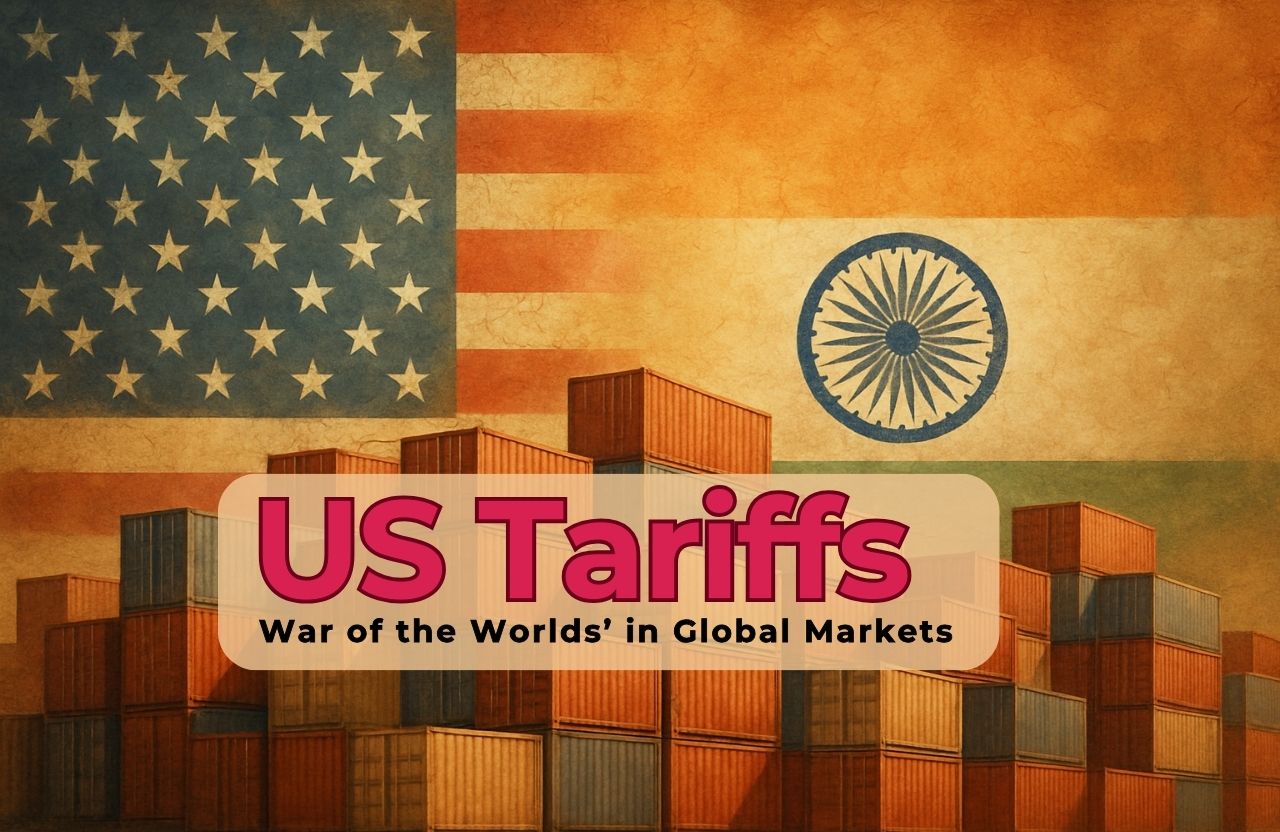In the business world, setting the right price is both an art and a science. It’s not just about covering costs—it’s about maximizing profit while staying competitive. The business markup formula is the cornerstone of effective pricing strategies. But how do you leverage this formula to ensure your business thrives in a competitive market?
This guide dives deep into understanding markup, how to calculate it, factors to consider, and real-world applications that can elevate your pricing strategy.
What is Markup?
Business markup formula is the difference between the cost of producing or acquiring a product and its selling price. Unlike profit margin, which is based on the selling price, markup focuses on the cost price, making it a straightforward way to determine pricing.
For example:
- If a product costs $50 and is sold for $75, the markup is $25, or 50%.
This formula ensures that all costs are accounted for while adding a desired profit margin.
Key Terms to Understand
Before diving into calculations, it’s essential to clarify some related terms:
- Cost Price: The total cost incurred to produce or acquire a product, including raw materials, labor, and overhead.
- Selling Price: The final price customers pay for the product.
- Profit Margin: The percentage of selling price retained as profit after covering all costs.
- Markup vs. Margin: While markup is based on cost, margin is calculated as a percentage of the selling price.
How to Calculate Markup: A Step-by-Step Approach
1. The Markup Percentage Formula
Markup Percentage=(Selling Price−Cost PriceCost Price)×100\text{Markup Percentage} = \left( \frac{\text{Selling Price} – \text{Cost Price}}{\text{Cost Price}} \right) \times 100Markup Percentage=(Cost PriceSelling Price−Cost Price)×100
Example:
- Cost price: $40
- Selling price: $60
Markup Percentage:
(60−4040)×100=50%\left( \frac{60 – 40}{40} \right) \times 100 = 50\%(4060−40)×100=50%
2. The Selling Price Formula
Selling Price=Cost Price×(1+Markup Percentage)\text{Selling Price} = \text{Cost Price} \times (1 + \text{Markup Percentage})Selling Price=Cost Price×(1+Markup Percentage)
Example:
- Cost price: $30
- Desired markup: 40%
Selling Price:
30 \times (1 + 0.40) = $42
Advanced Markup Strategies
1. Variable Markup for Different Products
Not all products are priced equally. For example, luxury items may have a higher markup than essentials. Segment your product lines and apply varying markup percentages to maximize profitability across categories.
2. Bundling and Tiered Pricing
Offer bundled deals or tiered pricing for customers purchasing in bulk. This creates perceived value while maintaining healthy profit margins.
3. Dynamic Pricing
Use market data to adjust your markup based on demand fluctuations. For instance, increasing markup during high demand seasons can boost profitability.
Real-World Applications of Markup
1. Retail Industry
Retail businesses often apply keystone pricing (a 100% markup) to ensure all costs are covered, with room for discounts or promotions.
2. Service-Based Businesses
Service providers calculate markup by adding a percentage to the labor cost and other expenses. This ensures competitive pricing while factoring in expertise and quality.
3. E-Commerce
Online businesses must include shipping fees, platform charges, and return policies in their markup calculations to stay profitable.
Avoiding Pitfalls in Markup Calculations
- Ignoring Indirect Costs: Overheads like utilities, rent, and software subscriptions should be factored into the cost price.
- One-Size-Fits-All Approach: Applying the same markup percentage across all products may result in missed opportunities.
- Failing to Monitor Market Trends: Market dynamics, competitor pricing, and customer behavior should influence your markup strategies.
Optimizing Markup with Technology
Many modern tools can simplify markup calculations, such as:
- Accounting Software: Platforms like QuickBooks or Xero automate cost tracking and markup calculations.
- Inventory Management Tools: Software like TradeGecko can suggest pricing based on real-time cost data and desired profit margins.
- Dynamic Pricing Algorithms: AI-driven tools adjust pricing based on market trends and customer demand.
Markup in Action: A Case Study
Scenario: A small bakery spends $3 to make a loaf of bread. After adding overhead costs, the total cost is $5. The owner wants a 60% markup.
- Calculate Selling Price:
5 \times (1 + 0.60) = $8
- Evaluate Market Conditions:
Competitor pricing for similar loaves ranges between $7 and $9. At $8, the bakery remains competitive while achieving its desired markup. - Adjust for Promotions:
The bakery occasionally offers discounts, but thanks to the healthy markup, it can maintain profitability.
Conclusion
Mastering the business markup formula is about more than just numbers—it’s about strategic thinking. A well-calculated markup ensures your business stays competitive, profitable, and adaptable to market changes. By continuously reviewing costs, market trends, and customer preferences, you can create a pricing strategy that drives growth and sustains long-term success.
What’s your approach to markup? Share your thoughts or ask your questions in the comments below!













